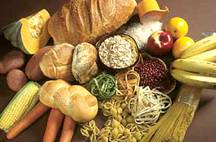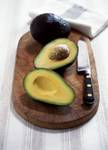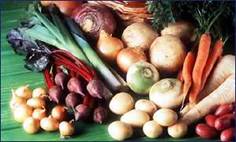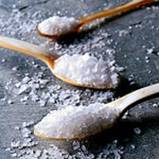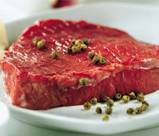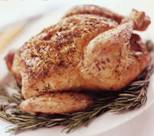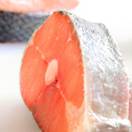

![]()
|
|
Nutrients: A healthy balanced diet contains a variety of foods including plenty of fruit and vegetables, starchy foods such as whole grain bread, pasta and rice, some protein-rich foods such as meat, fish, eggs and lentils and some dairy foods. It should also be low in fat (especially saturated fat), salt and sugar.It is essential that the body gets a variety of nutrients, and having a balanced. The main nutrients in the diet are: carbohydrate, protein, fat, sugar, salt, fibre Most of the energy (calories) we need should come from carbohydrate foods. Carbohydrates, along with fat and protein, provide energy so we can perform and go about our daily lives. Carbohydrate can be split into two types: Simple carbohydrates are sugars and provide the body only with calories and no other nutrients. Complex carbohydrates are plant-derived starchy foods such as bread, cereals, potatoes, etc. Starchy foods are a good source of energy and the main source of a range of nutrients in our diet. As well as starch, these foods contain fibre, calcium, iron and B vitamins. Protein is needed for growth and development. Protein is made up of amino acids. Some amino acids cannot be made by the body and must be supplied by the diet, these are known as essential amino acids. Protein is present in both animal and plant foods and a well balanced diet will provide enough for our bodies needs. Foods from animal origin such as milk, cheese, yogurt, meat, poultry, fish and eggs are particularly good sources of protein. A vegetarian diet however can provide enough protein by including plenty of pulses, beans, nuts, bread, cereals and soya products e.g. tofu.
There are two main types of fat found in food: Some types of meat are high in fat, particularly saturated fat, which can raise cholesterol levels. Having high cholesterol increases the chances of developing heart disease. Most people in the UK eat too much saturated fat – about 20% more than the recommended maximum amount. The average woman should have no more than 20g saturated fat a day High is more than 5g sat fat per 100g Sources of unsaturated foods:
oily fish avocados nuts and seeds sunflower, rapeseed, olive and vegetable oils, and spreads made from these See cooking methods for tips of cutting down fat when cooking and healthier tips when buying meat. Fibre is only found in foods that come from plants. There are two types of fibre: insoluble and soluble.
Eating too much salt can raise your blood pressure, which increases the chance of developing heart disease. To calculate the amount of salt from sodium, simply multiply the sodium content by 2.5. E.g. if the food has a sodium level of 0.2g per serving, the amount of salt will be 0.2 x 2.5, which is equal to 0.5g salt per serving.
|
|
Sugars occurs naturally in food such as fruit and milk, but it is also added to many foods and drinks which can cause tooth decay such as: Fizzy drinks, fruit juice, sweets, biscuits, jam, cakes, pastries, puddings, and ice cream Tips to cut down sugar in your diet:
Water:
As your body works it produces waste products and some of these waste products are toxic. The body gets rid of these toxins through the kidneys in urine, and urine is mainly made up of water. Daily the average person need 1.2 litres/6-8 glasses per day.Signs of dehydration one of the first signs of dehydration is feeling thirsty, other common signs include:
Fish: Oily fish such as sardines, herring, mackerel, trout and salmon are all rich sources of omega 3 fatty acids, which helps prevent heart disease Oily fish is also a good source of vitamins A and D.
Recommended daily values:
The table above highlights the nutrients recommended for males and female per day.
Fruit and vegetables:
Fruit and veg should make up about a third of the food you eat each day. And it's also important to eat a variety. Five-a-day is a good, achievable target. Fruit and veg are good sources of many vitamins and minerals, yet most of us don't eat enough of them. There is mounting evidence that people who eat lots of fruit and veg are less likely to develop chronic diseases such as coronary heart disease and some cancers. and also very low in fat! Portion examples:
See cooking methods for tips on how to avoid loss of vitamins and minerals when preparing and cooking
|
